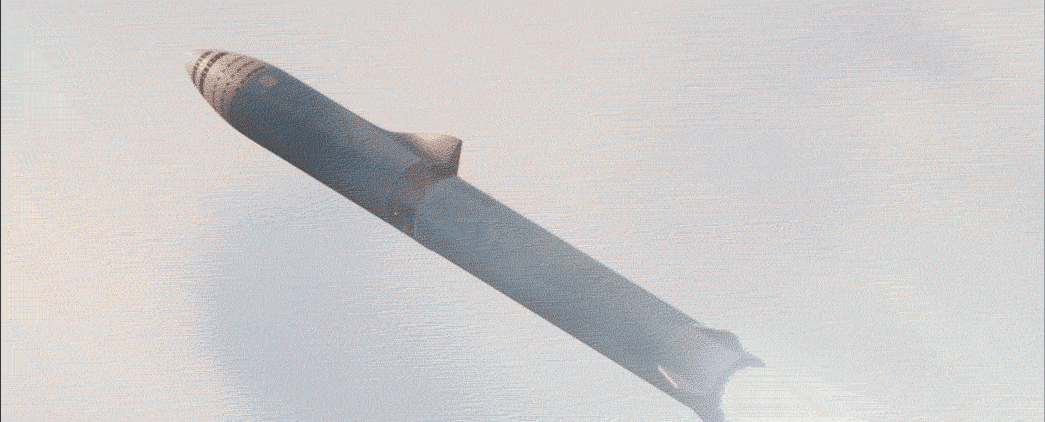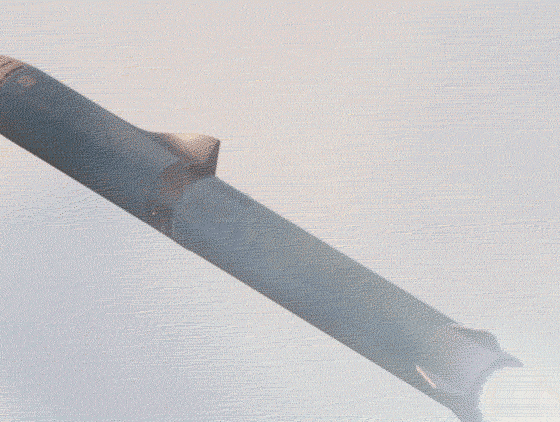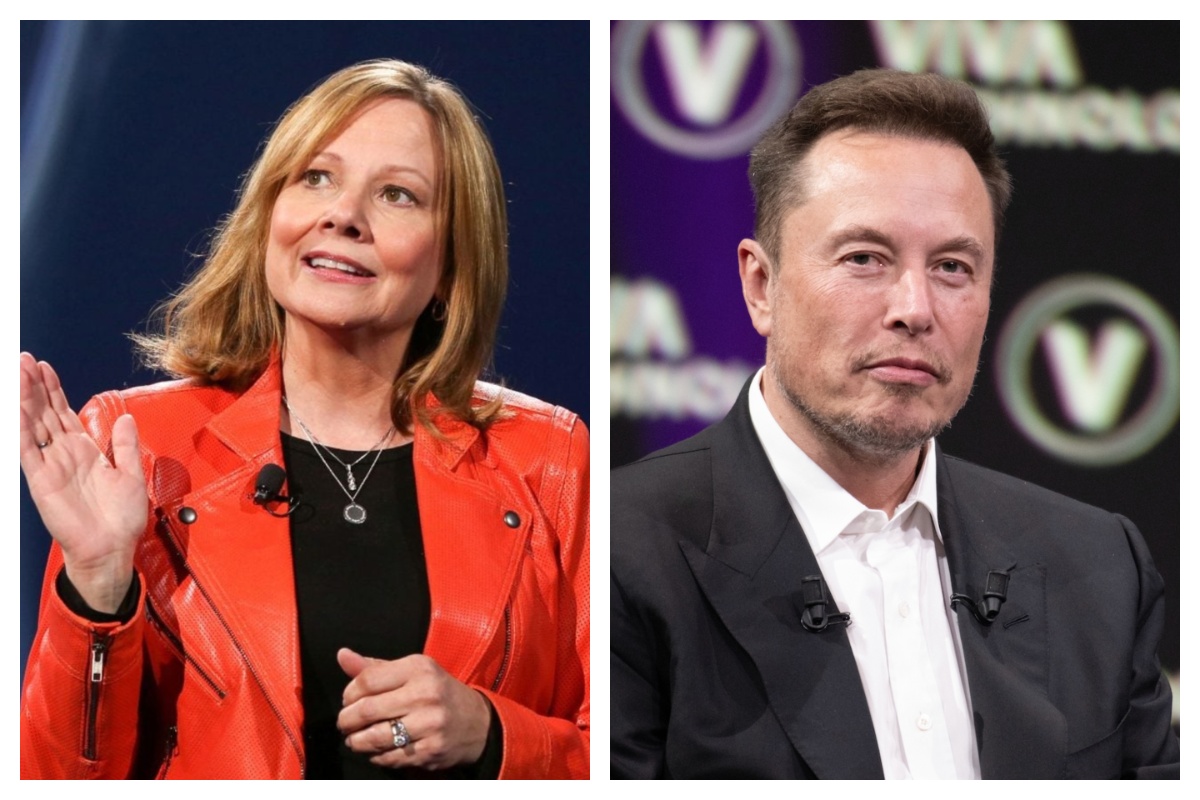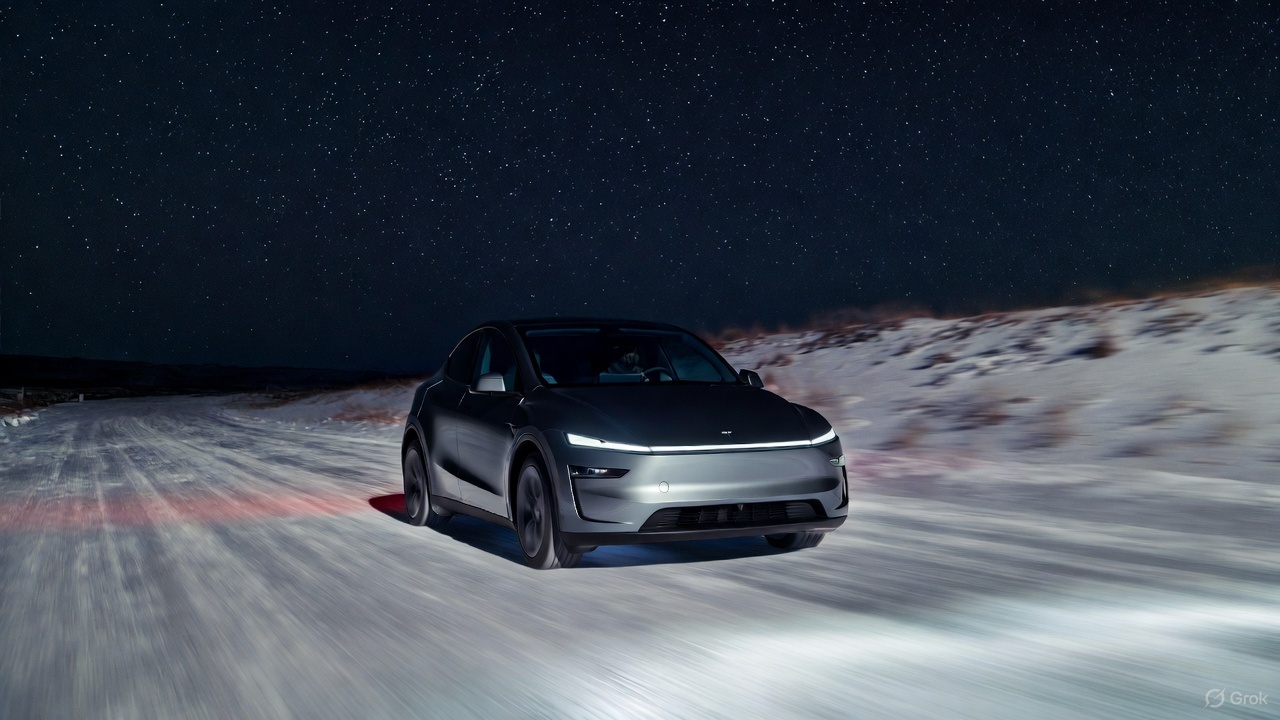

News
SpaceX Starship website spotted ahead of Elon Musk’s June rocket update
It appears that SpaceX is preparing a dedicated website for its proposed Starship point-to-point transport system, potentially capable of transporting dozens of passengers anywhere on Earth in just 30-60 minutes.
Assuming this website is actually a prelude to a SpaceX reveal (it could be completely unrelated), it seems likely that Starship.com will go live sometime around CEO Elon Musk’s planned June 20th update on Starship and Super Heavy. Much like Starlink.com went live on the day of SpaceX’s first dedicated launch, the company may be ready to tease more substantial details and fleshed-out plans for its aspirational Starship airline.

Big Falcon Challenge
Regardless of the theoretical viability of SpaceX’s Earth-to-Earth transport aspirations or the company’s readiness to kick off the publicity for the service, the fact remains that maturing Starship/Super Heavy (formerly BFR) into a system with reliability approaching that of airliners will take at least 5-10 years, if not decades. The idea itself – using reusable rockets to transport customers anywhere on Earth in 30-60 minutes at a cost comparable to business class tickets – is undeniably alluring and theoretically achievable. However, the list of “iff” statements that must first be satisfied for is immense and full of an array of technological firsts, any one of which could be a showstopper.
The greatest challenge of affordable, reliable point-to-point transport relates directly to the need for affordability and reliability. Put simply, rockets are in many ways far more complex than modern airliners, requiring margins of design and error and that would make commercial aircraft engineers blush. Modern FAA regulations currently expect manufacturers and operators to design, build, and fly passenger aircraft such that the chances of catastrophic failure (generally a fatal crash and total hull loss) average one in one billion flight hours. That may sound downright unachievable, but modern airliners routinely reach levels of reliability measured in hundreds of millions of flight hours between loss-of-life failures.
The best records of rocket reliability are currently held by Ariane 5 and Atlas V, reaching success streaks without catastrophic failure of 86 launches and 81 launches, respectively. It’s difficult to compare airliners and rockets, as rockets feature multiple stages and are typically only active for 30-90 minutes. Under the generous and inaccurate assumption that the average Ariane 5 mission accounts for 90 minutes of “flight time”, the most statistically reliable launch vehicle ever built is roughly 1,000,000 to 10,000,000 times less safe than the FAA’s present-day certification requirements. It would be more accurate to compare the distance traveled per catastrophic failure, but that would still indicate that the proven safety record of launch vehicles is perhaps 20,000 to 200,000 times worse than that of modern passenger aircraft.

Extreme reusability: extreme reliability?
Additionally, most modern rockets are expended, although SpaceX is doing everything it can to flip that equation. The only conceivable way to sustain a real commercial market for suborbital, hypersonic passenger transportation – aside from guaranteeing that passengers are unlikely to die – is to implement a level of rapid reusability that is entirely unprecedented in spaceflight. As it turns out, regardless of any Earthbound spaceliner ambitions the company may have, SpaceX’s ultimate mission is to accomplish precisely that goal, albeit in order to colonize Mars in a practical timeframe.
What has never explicitly been a part of SpaceX’s goal, however, is achieving that level of extreme reusability simultaneously alongside airliner-class reliability. Accepting high levels of risk has always been front and center to Elon Musk’s presentations on SpaceX’s BFR-powered Mars ambitions, with the CEO often indicating that chances of death would be quite high on early missions to the Red Planet. Of course, surviving and building a colony on Mars is a fair bit riskier than anything specifically centered around Earth and suborbital flight regimes.

All of this is to say that SpaceX may or may not succeed in its ambition of developing a spacecraft/booster that is as extraordinarily reliable as it is reusable, just as SpaceX may or may not publish a website dedicated to Earth-to-Earth Starship transport sometime next month. Stay tuned to find out on the next episode!
Check out Teslarati’s Marketplace! We offer Tesla accessories, including for the Tesla Cybertruck and Tesla Model 3.

Elon Musk
GM CEO Mary Barra says she told Biden to give Tesla and Musk EV credit
“He was crediting me, and I said, ‘Actually, I think a lot of that credit goes to Elon and Tesla…You know me, Andrew. I don’t want to take credit for things.”

General Motors CEO Mary Barra said in a new interview on Wednesday that she told President Joe Biden to credit Tesla and its CEO, Elon Musk, for the widespread electric vehicle transition.
She said she told Biden this after the former President credited her and GM for leading EV efforts in the United States.
During an interview at the New York Times Dealbook Summit with Andrew Ross Sorkin, Barra said she told Biden that crediting her was essentially a mistake, and that Musk and Tesla should have been explicitly mentioned (via Business Insider):
“He was crediting me, and I said, ‘Actually, I think a lot of that credit goes to Elon and Tesla…You know me, Andrew. I don’t want to take credit for things.”
GM CEO Mary Barra said to Andrew Sorkin at the New York Times Dealbook Summit that she pulled President Biden aside and said Tesla CEO @elonmusk deserved the credit for EVs:
“He was crediting me, and I said, ‘Actually, I think a lot of that credit goes to Elon and Tesla,'” Barra… pic.twitter.com/OHBTG1QfbJ
— TESLARATI (@Teslarati) December 3, 2025
Back in 2021, President Biden visited GM’s “Factory Zero” plant in Detroit, which was the centerpiece of the company’s massive transition to EVs. The former President went on to discuss the EV industry, and claimed that GM and Barra were the true leaders who caused the change:
“In the auto industry, Detroit is leading the world in electric vehicles. You know how critical it is? Mary, I remember talking to you way back in January about the need for America to lead in electric vehicles. I can remember your dramatic announcement that by 2035, GM would be 100% electric. You changed the whole story, Mary. You did, Mary. You electrified the entire automotive industry. I’m serious. You led, and it matters.”
People were baffled by the President’s decision to highlight GM and Barra, and not Tesla and Musk, who truly started the transition to EVs. GM, Ford, and many other companies only followed in the footsteps of Tesla after it started to take market share from them.
Elon Musk and Tesla try to save legacy automakers from Déjà vu
Musk would eventually go on to talk about Biden’s words later on:
“They have so much power over the White House that they can exclude Tesla from an EV Summit. And, in case the first thing, in case that wasn’t enough, then you have President Biden with Mary Barra at a subsequent event, congratulating Mary for having led the EV revolution.”
In Q4 2021, which was shortly after Biden’s comments, Tesla delivered 300,000 EVs. GM delivered just 26.
News
Tesla Full Self-Driving shows confident navigation in heavy snow
So far, from what we’ve seen, snow has not been a huge issue for the most recent Full Self-Driving release. It seems to be acting confidently and handling even snow-covered roads with relative ease.

Tesla Full Self-Driving is getting its first taste of Winter weather for late 2025, as snow is starting to fall all across the United States.
The suite has been vastly improved after Tesla released v14 to many owners with capable hardware, and driving performance, along with overall behavior, has really been something to admire. This is by far the best version of FSD Tesla has ever released, and although there are a handful of regressions with each subsequent release, they are usually cleared up within a week or two.
Tesla is releasing a modified version of FSD v14 for Hardware 3 owners: here’s when
However, adverse weather conditions are something that Tesla will have to confront, as heavy rain, snow, and other interesting situations are bound to occur. In order for the vehicles to be fully autonomous, they will have to go through these scenarios safely and accurately.
One big issue I’ve had, especially in heavy rain, is that the camera vision might be obstructed, which will display messages that certain features’ performance might be degraded.
So far, from what we’ve seen, snow has not been a huge issue for the most recent Full Self-Driving release. It seems to be acting confidently and handling even snow-covered roads with relative ease:
FSD 14.1.4 snow storm Ontario Canada pic.twitter.com/jwK1dLYT0w
— Everything AI (@mrteslaspace) November 17, 2025
I found the steepest, unplowed hill in my area and tested the following:
• FSD 14.2.1 on summer tires
• FSD 14.2.1 on winter tires
• Manual drivingBut I think the most impressive part was how FSD went DOWN the hill. FSD in the snow is sublime $TSLA pic.twitter.com/YMcN7Br3PU
— Dillon Loomis (@DillonLoomis) December 2, 2025
Well.. I couldn’t let the boys have all the fun!
Threw the GoPro up and decided to FSD v14.2.1 in the snow. Roads were not compacted like the other day, a little slippery, but overall doable at lower speeds. Enjoy the video and holiday music 🎶
Liked:
Took turns super slow… pic.twitter.com/rIAIeh3Zu3— 🦋Diana🦋 (@99_Colorado) December 3, 2025
Moving into the winter months, it will be very interesting to see how FSD handles even more concerning conditions, especially with black ice, freezing rain and snow mix, and other things that happen during colder conditions.
We are excited to test it ourselves, but I am waiting for heavy snowfall to make it to Pennsylvania so I can truly push it to the limit.
News
Tesla hosts Rome Mayor for first Italian FSD Supervised road demo
The event marked the first time an Italian mayor tested the advanced driver-assistance system in person in Rome’s urban streets.

Tesla definitely seems to be actively engaging European officials on FSD’s capabilities, with the company hosting Rome Mayor Roberto Gualtieri and Mobility Assessor Eugenio Patanè for a hands-on road demonstration.
The event marked the first time an Italian mayor tested the advanced driver-assistance system in person in Rome’s urban streets. This comes amid Tesla’s push for FSD’s EU regulatory approvals in the coming year.
Rome officials experience FSD Supervised
Tesla conducted the demo using a Model 3 equipped with Full Self-Driving (Supervised), tackling typical Roman traffic including complex intersections, roundabouts, pedestrian crossings and mixed users like cars, bikes and scooters.
The system showcased AI-based assisted driving, prioritizing safety while maintaining flow. FSD also handled overtakes and lane decisions, though with constant driver supervision.
Investor Andrea Stroppa detailed the event on X, noting the system’s potential to reduce severe collision risks by up to seven times compared to traditional driving, based on Tesla’s data from billions of global fleet miles. The session highlighted FSD’s role as an assistance tool in its Supervised form, not a replacement, with the driver fully responsible at all times.
Path to European rollout
Tesla has logged over 1 million kilometers of testing across 17 European countries, including Italy, to refine FSD for local conditions. The fact that Rome officials personally tested FSD Supervised bodes well for the program’s approval, as it suggests that key individuals are closely watching Tesla’s efforts and innovations.
Assessor Patanè also highlighted the administration’s interest in technologies that boost road safety and urban travel quality, viewing them as aids for both private and public transport while respecting rules.
Replies on X urged involving Italy’s Transport Ministry to speed approvals, with one user noting, “Great idea to involve the mayor! It would be necessary to involve components of the Ministry of Transport and the government as soon as possible: it’s they who can accelerate the approval of FSD in Italy.”








